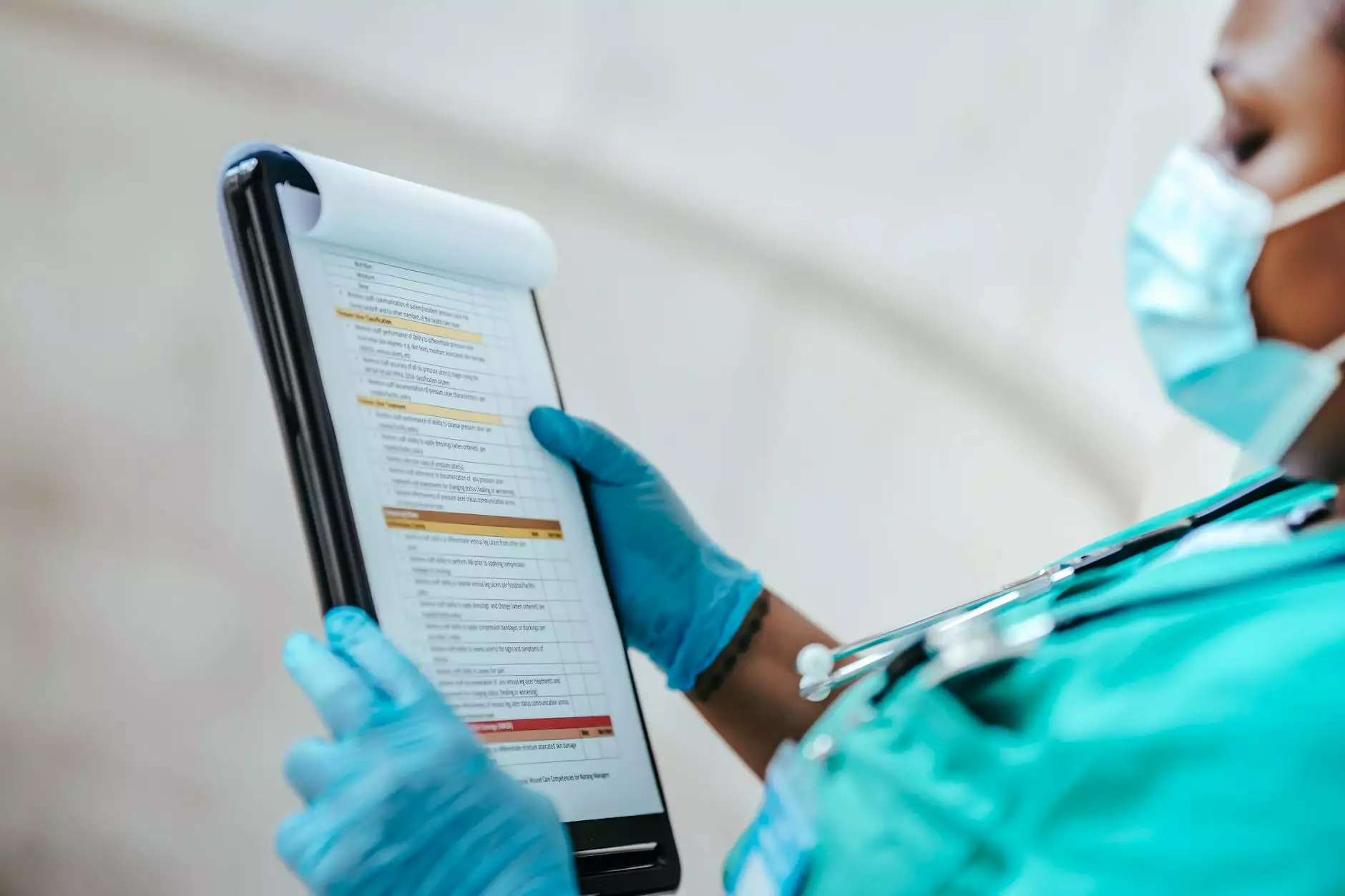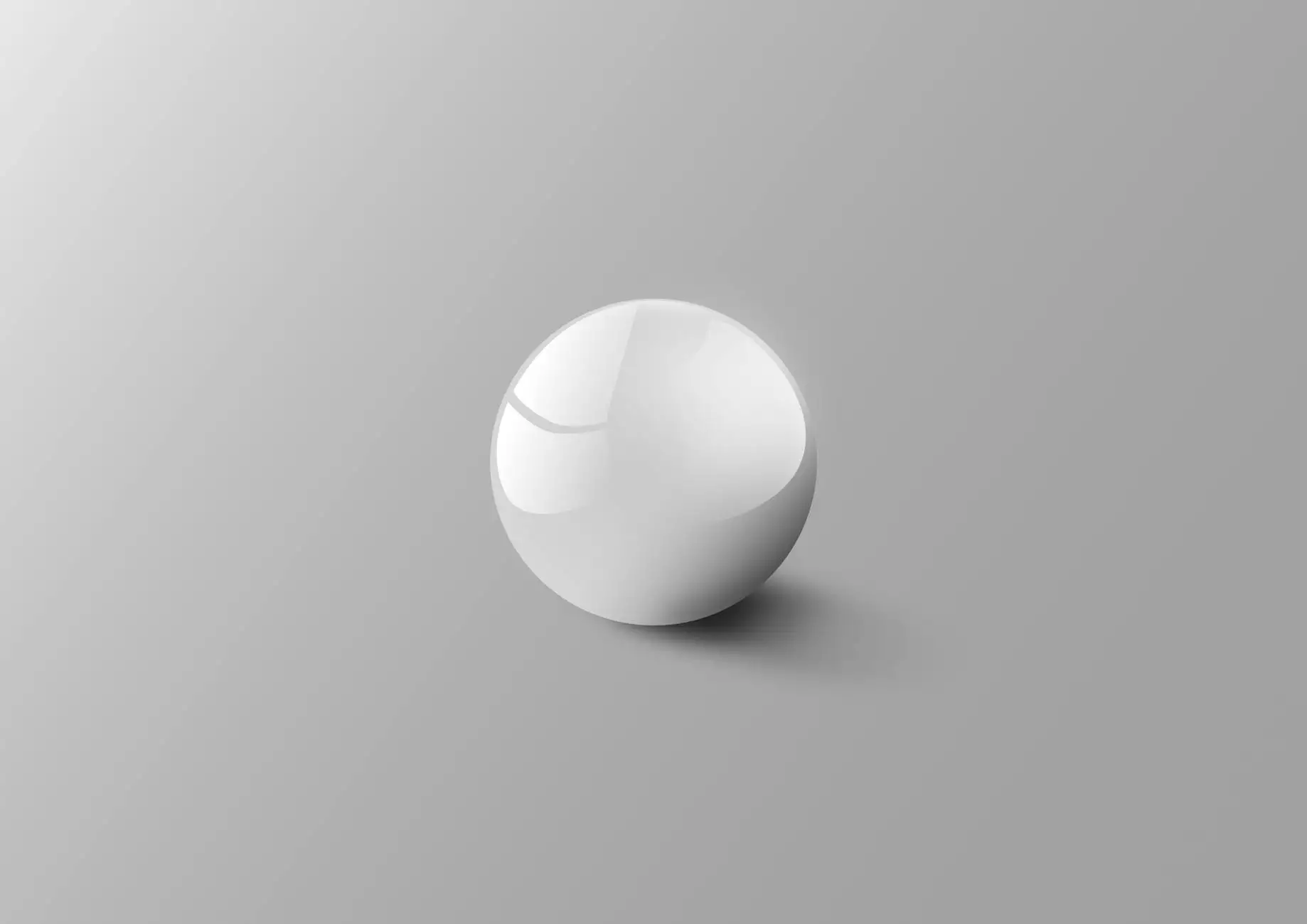Ultimate Guide to Instrument Sterilization Solutions for Medical Practices

In today's rapidly evolving healthcare landscape, maintaining the highest standards of instrument sterilization is paramount. With the increasing focus on patient safety and infection control, understanding the nuances of instrument sterilization solutions has never been more critical. This article will delve deep into the various aspects of instrument sterilization, highlighting its significance, types, methodologies, and how medical facilities can ensure compliance with safety standards.
The Importance of Instrument Sterilization
Instrument sterilization is an essential process in healthcare that eliminates all forms of microbial life, including spores. Its importance cannot be overstated, as it directly impacts patient safety and treatment outcomes. Here are some key reasons why!
- Prevention of Infections: Effective sterilization is crucial in preventing healthcare-associated infections (HAIs). Contaminated instruments can transfer pathogens to patients, leading to severe complications.
- Regulatory Compliance: Healthcare facilities must comply with stringent regulations set by governing bodies like the CDC and OSHA. Proper sterilization practices help ensure compliance and avoid penalties.
- Improved Patient Trust: Patients are more likely to trust healthcare providers that prioritize safety through rigorous sterilization processes.
Understanding Different Instrument Sterilization Methods
There are several methods of sterilization, each suitable for different types of instruments and settings. Understanding these methods is essential for medical practices to implement effective instrument sterilization solutions.
1. Steam Sterilization
Also known as autoclaving, steam sterilization is one of the most popular methods used in healthcare settings. It involves using high-pressure steam to kill microorganisms. Here are some key points:
- Effective for most surgical instruments.
- Quick and economical.
- Requires proper loading of instruments to ensure steam penetration.
2. Ethylene Oxide (EtO) Sterilization
Ethylene oxide sterilization is a gas sterilization method that is used for heat- and moisture-sensitive materials. It is particularly useful for:
- Sterilizing delicate instruments.
- Items that cannot withstand high temperatures.
- Items that require a broader range of sterility assurance.
3. Hydrogen Peroxide Plasma Sterilization
This method utilizes low-temperature hydrogen peroxide vapor combined with plasma to achieve sterility. It is gaining popularity due to its effectiveness and quick cycle times. Key benefits include:
- Environmentally friendly.
- Short cycle times.
- Effective for heat-sensitive materials.
4. Dry Heat Sterilization
Dry heat sterilization involves using hot air to sterilize instruments. This method is best suited for instruments that may be damaged by moisture. Here are the highlights:
- Suitable for glassware and metal instruments.
- Requires longer exposure times than steam sterilization.
- No moisture or corrosion risks.
Factors to Consider When Choosing Instrument Sterilization Solutions
Choosing the right instrument sterilization solution for your medical practice can be a daunting task. However, considering these critical factors can help streamline the decision-making process:
1. Type of Instruments
Different instruments require different sterilization methods based on their material and design. For example, stainless steel instruments are commonly sanitized using steam sterilization, whereas delicate items might require EtO sterilization.
2. Volume of Instruments
Understanding the volume of instruments that need to be sterilized regularly will influence your choice of sterilization method. High-volume settings may benefit from automated steam sterilizers, while smaller practices may utilize gas methods.
3. Available Resources
Evaluate your medical facility's resources, including personnel training, time, and equipment. Some sterilization methods require well-trained personnel and rigorous monitoring of the sterilization process.
4. Regulatory Compliance
Compliance with federal and state regulations is non-negotiable. Ensure that the selected sterilization methods align with the guidelines set forth by health authorities to maintain accreditation and avoid legal issues.
Integrating Instrument Sterilization into Daily Operations
Once your facility has selected the appropriate instrument sterilization solution, it's crucial to integrate it into daily operations effectively. Here are steps to consider:
1. Staff Training
Regular and comprehensive training for staff on sterilization protocols is essential to ensure that procedures are followed meticulously. continued professional development can help increase knowledge of best practices.
2. Maintaining Sterilization Equipment
Regular maintenance and calibration of sterilization equipment are necessary to ensure its effectiveness. Neglecting this can lead to compromised sterility, defeating the purpose of the entire process.
3. Monitoring and Documentation
Implementing a robust monitoring and documentation system can help track sterilization cycles and outcomes. This is crucial for maintaining quality control and compliance with regulatory standards.
4. Quality Control Checks
Routine quality control checks and validation of the sterilization process ensure that your methods remain effective. Implementing biological indicators and chemical indicators can help in validating the process.
Benefits of Using Medalkan’s Instrument Sterilization Solutions
When it comes to selecting a provider for your instrument sterilization solutions, Medalkan stands out for several compelling reasons:
1. Quality Products
Medalkan offers a comprehensive range of high-quality sterilization equipment and supplies that meet stringent medical standards. Our products are designed to enhance efficiency and reliability.
2. Expert Support
The Medalkan team comprises industry experts who are ready to provide support in selecting and implementing the right sterilization protocol for your practice.
3. Compliance Assurance
With Medalkan, you can rest assured that our solutions are compliant with current regulations, helping you avoid potential legal liabilities and enhancing patient safety.
4. Cost-Effective Solutions
We understand the financial constraints faced by medical facilities, which is why we offer competitive pricing without sacrificing quality. Investing in our sterilization solutions ensures long-term savings and improved efficiency.
Conclusion
In conclusion, the significance of instrument sterilization solutions in the healthcare industry cannot be overstated. By prioritizing effective sterilization practices, medical facilities can enhance patient safety, ensure regulatory compliance, and improve overall trust within their practice. With Medalkan as your partner in instrument sterilization, you can expect top-notch products and unparalleled support to navigate the complexities of this critical aspect of healthcare. Stay proactive about infection prevention and safety, and ensure the best outcomes for your patients!



